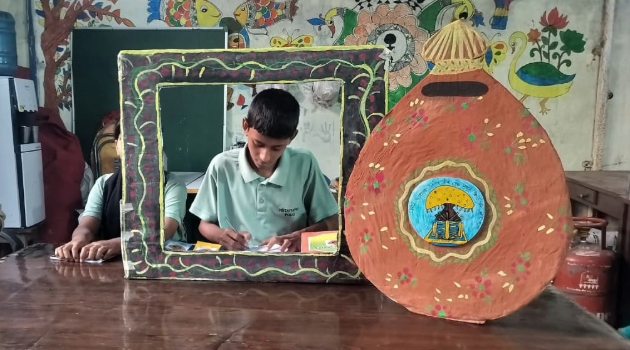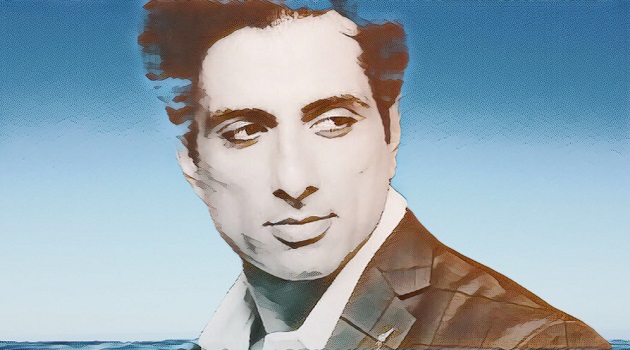Cancer occurs in people of all ages and can affect any part of the body. It begins with genetic changes in a single cell that then grows out of control. In many cancers, this results in a mass (or tumour). If left untreated, cancer generally expands, invades other parts of the body and causes death.
Unlike cancer in adults, the vast majority of childhood cancers do not have a known cause. Many studies have sought to identify the causes of childhood cancer, but very few cancers in children are caused by environmental or lifestyle factors.
Cancer prevention efforts in children should focus on behaviours that will prevent the child from developing preventable cancer as an adult.
Some chronic infections are risk factors for childhood cancer and have major relevance in low- and middle-income countries. For example, HIV, Epstein-Barr virus and malaria increase the risk of some childhood cancers.
Other infections can increase the child’s risk of developing cancer as an adult, so it is important to be vaccinated and other pursue other methods such as early diagnosis or screening to decrease chronic infections that lead to cancer, whether in childhood or later.
Current data suggest that approximately 10% of all children with cancer have a predisposition because of genetic factors.
Improving outcomes of childhood cancer
Because it is generally not possible to prevent cancer in children, the most effective strategy to reduce the burden of cancer in children is to focus on a prompt, correct diagnosis followed by effective therapy.
When identified early, cancer is more likely to respond to effective treatment and result in a greater probability of survival, less suffering, and often less expensive and less intensive treatment.
Significant improvements can be made in the lives of children with cancer by detecting cancer early and avoiding delays in care.
A correct diagnosis is essential to treat children with cancer because each cancer requires a specific treatment regimen that may include surgery, radiotherapy, and chemotherapy.
Early diagnosis consists of 3 components:
- awareness by families and accessing care
- clinical evaluation, diagnosis and staging (determining the extent to which a cancer has spread)
- access to treatment
Childhood cancer is associated with a range of warning symptoms that can be detected by families and by trained primary health care providers.
Treatment in childhood cancer
A correct diagnosis is essential to treat children with cancer because each cancer requires a specific treatment regimen that may include surgery, radiotherapy, and chemotherapy.
Access to effective diagnosis, essential medicines, pathology, blood products, radiation therapy, technology and psychosocial and supportive care are variable and inequitable around the world.
Palliative care in childhood cancer
Palliative care relieves symptoms caused by cancer and improves the quality of life of patients and their families. Not all children with cancer can be cured, but relief of suffering is possible for everyone.
Pediatric palliative care should be appropriately considered as a core component of comprehensive care starting when illness is diagnosed, and continued regardless of whether or not a child receives treatment with curative intent.
Key facts of childhood cancer
- 300,000 children aged 0 to 19 years old are diagnosed with cancer each year.
- Most common categories of childhood cancers include leukemias, brain cancers, lymphomas and solid tumours, such as neuroblastoma and Wilms tumour.
- In high-income countries more than 80% of children with cancer are cured, but in many low- and middle-income countries only about 20% are cured.
- Childhood cancer generally cannot be prevented or screened.
- Improving outcomes for children with cancer requires early and accurate diagnosis followed by effective treatment.
- Most childhood cancers can be cured with generic medicines and other forms of treatments including surgery and radiotherapy.







